Black Lives Matter
One of the first albums my father or teacher got for me when I was six years old was “Movin’ In,” by the New York studio drummer and percussionist Specs Powell. The next albums were Art Blakey’s “Drum Suite” and “Gretsch Night at Birdland.” Soon after I attended my first summer jazz camp which was held on the campus of Indiana University during the summer of 1961 where I met, among others, Louis Hayes and the members of the Cannonball Adderly Sextet. Other mentors at subsequent camps included Donald Byrd, Oliver Nelson, Ron Carter and Alan Dawson. These four men were my friends as well as my teachers.
Meanwhile, my listening library was brimming with albums by Max Roach, Miles Davis, Sonny Rollins, John Coltrane, Elvin Jones, Jimmy Smith, Charles Mingus, Shirley Scott, Dizzy Gillespie, Roy Haynes, Roland Kirk, Wes Montgomery, Milt Jackson, Duke Ellington, Count Basie, Herbie Hancock and Thad Jones (in addition to Stan Kenton, Stan Getz, Gene Krupa, Buddy Rich, Dave Brubeck, Shelly Manne, Gary Burton, Gary McFarland, Cal Tjader, Mike Mainieri … and Leonard Bernstein!).
All to enumerate that my first musical heroes were, and remain, the black artists whose genius developed and produced this unique American art form that would bring the greatest respect and accolades to this country, as well as the greatest joy and meaning to this young drummer. There was never any question in my mind of who created this music … there was only gratitude. Black Lives Matter.
Fast forward: the Selma demonstrations in March of 1965 were broadcast “live” during the day. My mother insisted that I stay home from school in order to witness the brutality of the police as well as the bravery of the protesters on the television. “Watch this, and remember.” Black Lives Matter.
My musical education continued apace. My parents sought out the best instruction they could find for me. My father was a psychiatrist who had been a bass player in his youth. “Oh, your daddy’s rich and your ma is good-lookin’.” White privilege. I can’t count the number of doors that were opened for me. Now, I was fortunate to also have been born with a cheerful heart, and there’s no doubt that my enthusiasm matched my gratitude as well as good manners. What I’m trying to say is that I’m pretty certain that my respect and love for these men was apparent enough to them. Still, the amount of good luck astonishes me and I’ve never taken it for granted. But this is a time of reckoning.
Racism is a malignant cancer. I fear that too many of us have coasted along for far too long without acknowledging or directly confronting its demoralizing, dehumanizing deadliness.
I’m not a social scientist nor a poet, philosopher or pundit. But I am an educator, a father, and musician who owes the language he speaks to Black Lives. And I am a human being. All of the identities I enjoy have the responsibility to proclaim: Black Lives Matter.
Peter Erskine
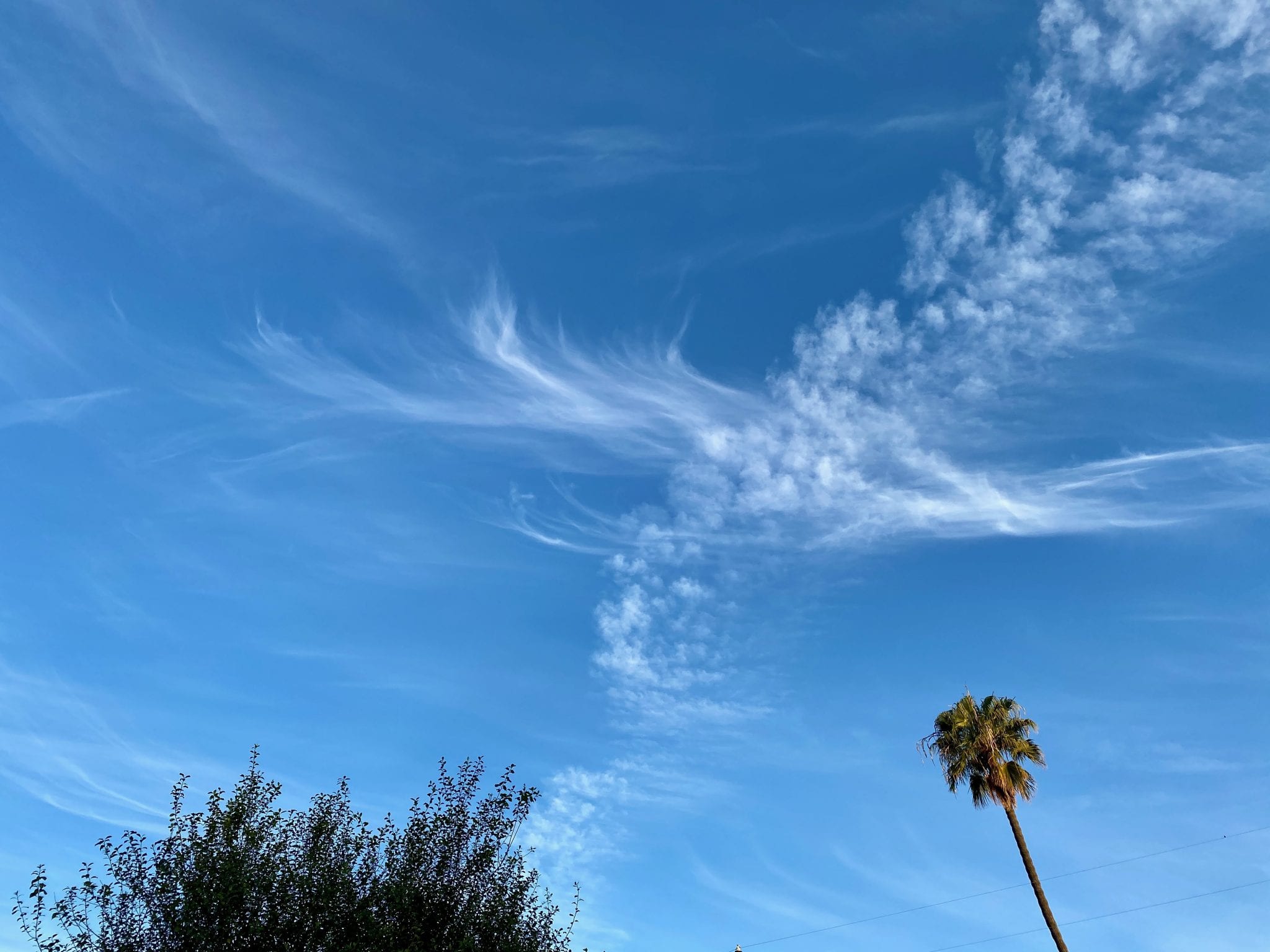
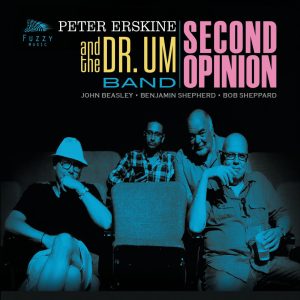
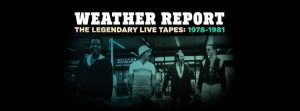
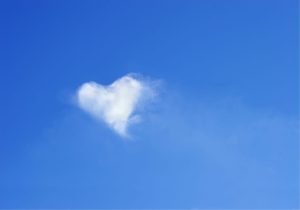
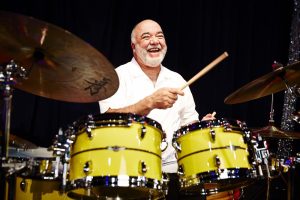
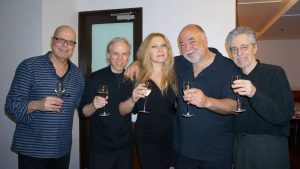
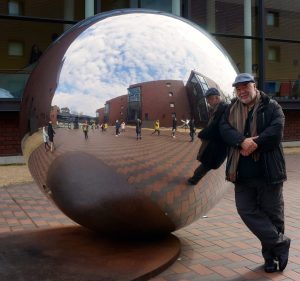
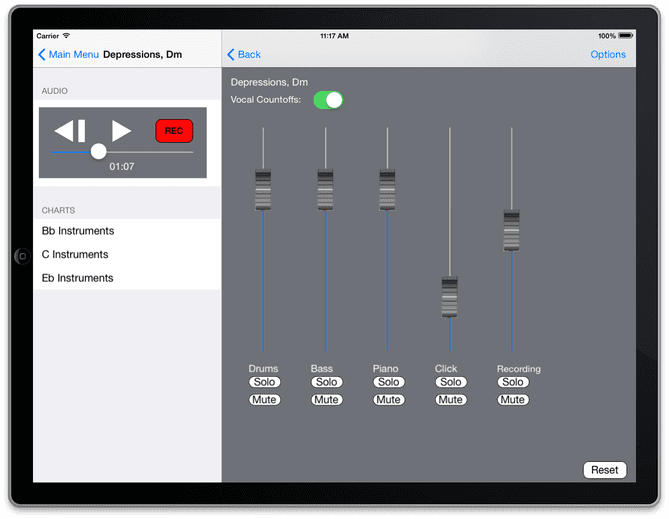 More great play-along tracks performed by the trio of Alan Pasqua, Darek Oles and Peter Erskine. Jazz essential tunes and styles, with straight-8th grooves and a swinging waltz added to the mix. The exciting innovation and addition to this volume (and soon-to-be-implemented in all Erskine play-along apps) is a RECORD-YOURSELF feature which utilizes the built-in mic to the iPhone, iPod Touch or iPad (or mic input). Please experiment to find the best input volume by way of positioning the device (or adjusting the input level of your add-on mic). Once you’ve recorded a track, you can mail it to yourself (or to your teacher, or post it on a social network sight to share it with your friends, etc.) for archiving and sharing purposes.
More great play-along tracks performed by the trio of Alan Pasqua, Darek Oles and Peter Erskine. Jazz essential tunes and styles, with straight-8th grooves and a swinging waltz added to the mix. The exciting innovation and addition to this volume (and soon-to-be-implemented in all Erskine play-along apps) is a RECORD-YOURSELF feature which utilizes the built-in mic to the iPhone, iPod Touch or iPad (or mic input). Please experiment to find the best input volume by way of positioning the device (or adjusting the input level of your add-on mic). Once you’ve recorded a track, you can mail it to yourself (or to your teacher, or post it on a social network sight to share it with your friends, etc.) for archiving and sharing purposes. Essential-ize yourself and have fun playing. Get
Essential-ize yourself and have fun playing. Get 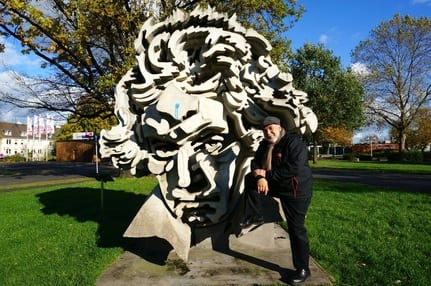 Giving thanks on this Thanksgiving holiday weekend. It’s been a busy and fulfilling couple of months since my last blog post.
Giving thanks on this Thanksgiving holiday weekend. It’s been a busy and fulfilling couple of months since my last blog post.
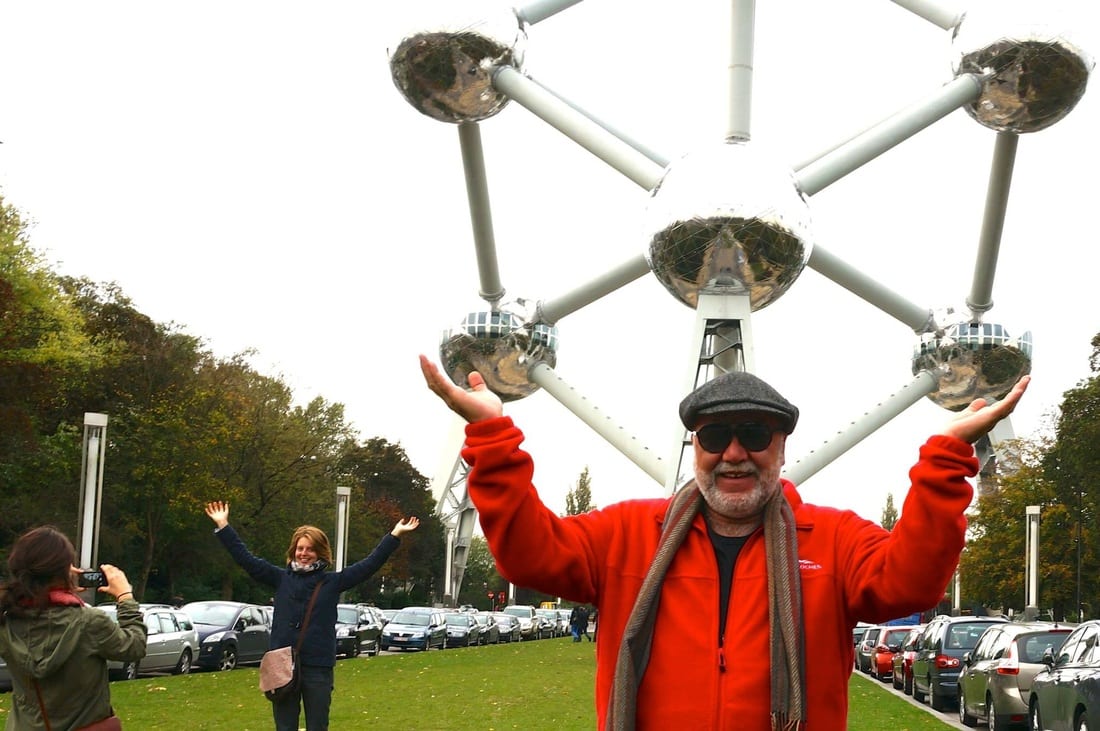
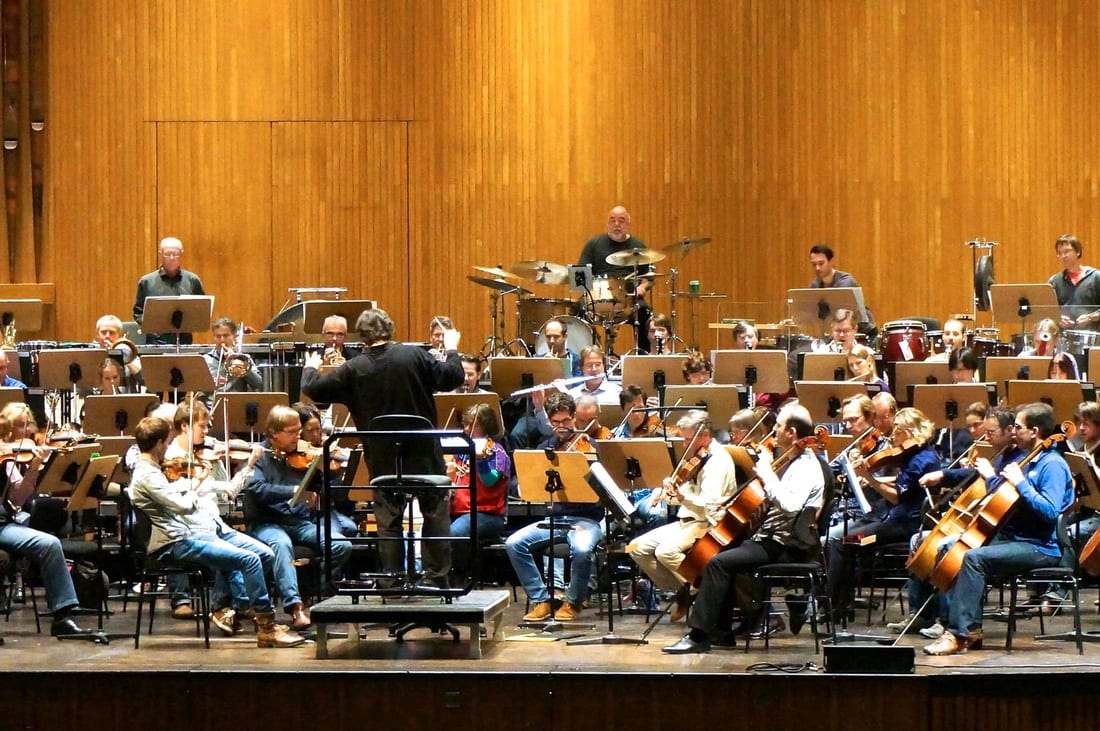
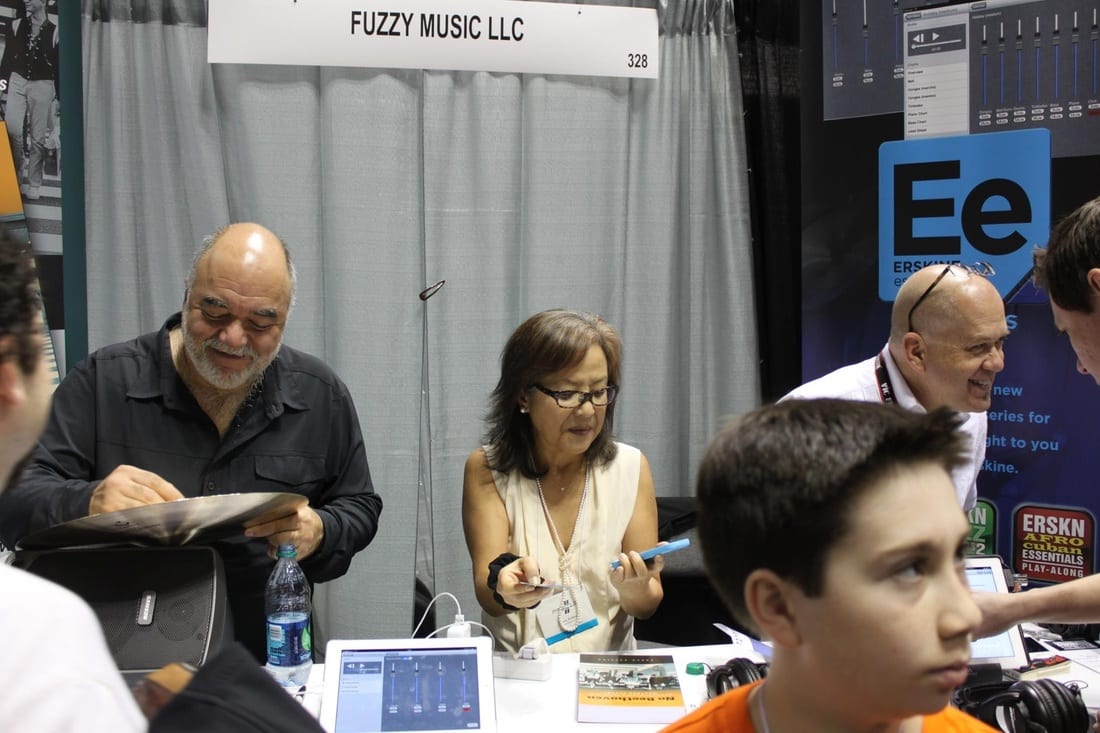
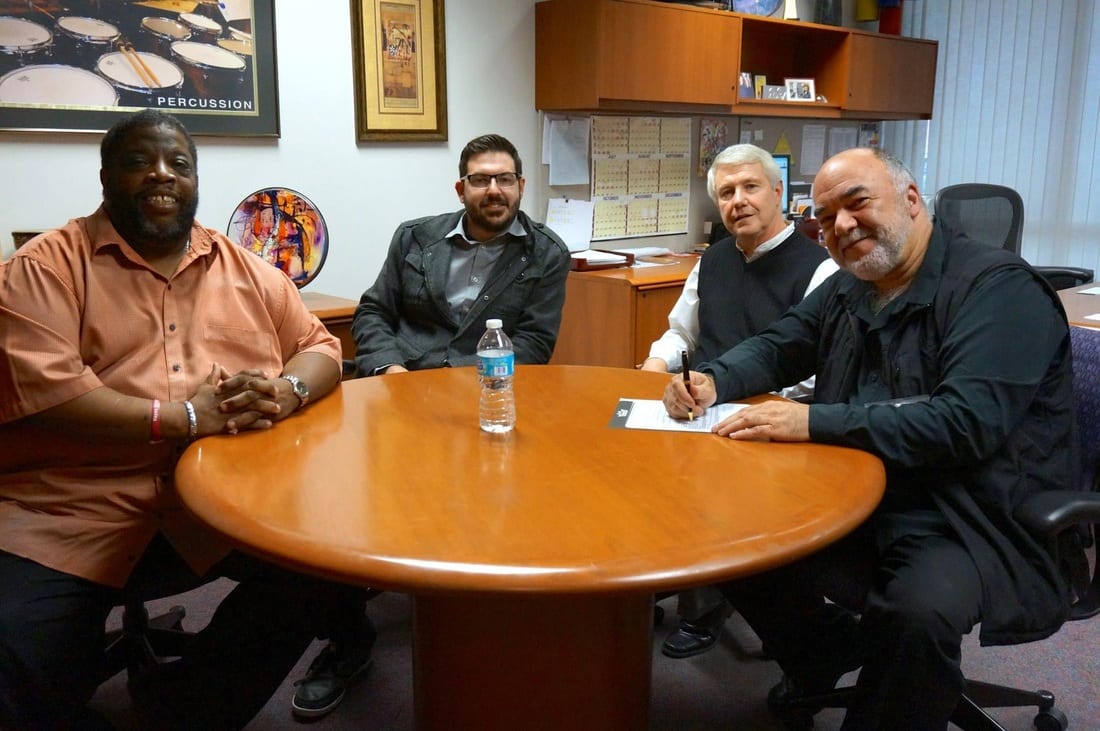
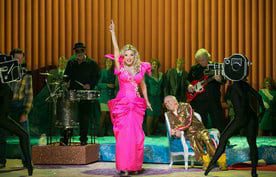 Greetings from Brooklyn, where I am playing in the Mark-Anthony Turnage opera “Anna Nicole” along with a wonderful cast, crew, and orchestra (the great NYC Opera orchestra). Nir Felder is playing guitar and that’s Lincoln Schleiffer on bass in the photo. The show runs for another week. Steven Sloane is conducting…just a marvelous experience…and nice to be back in New York for a minute. Spent yesterday at Steve Maxwell’s Drum Shop in Manhattan…got to see and play one of Louis Bellson’s gold-plated Rogers kits, plus the Gretsch kit that Elvin played on during the 70s. Am I lucky or what?
Greetings from Brooklyn, where I am playing in the Mark-Anthony Turnage opera “Anna Nicole” along with a wonderful cast, crew, and orchestra (the great NYC Opera orchestra). Nir Felder is playing guitar and that’s Lincoln Schleiffer on bass in the photo. The show runs for another week. Steven Sloane is conducting…just a marvelous experience…and nice to be back in New York for a minute. Spent yesterday at Steve Maxwell’s Drum Shop in Manhattan…got to see and play one of Louis Bellson’s gold-plated Rogers kits, plus the Gretsch kit that Elvin played on during the 70s. Am I lucky or what?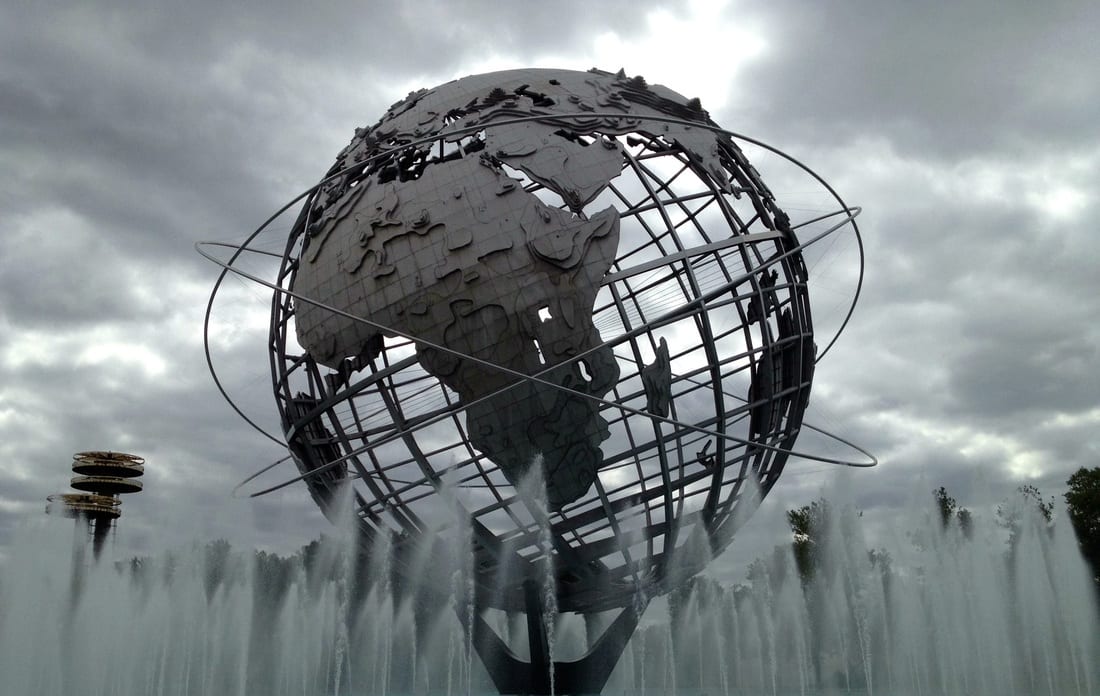
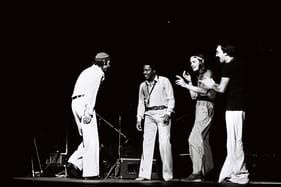 Since releasing the first edition of the iPad Enhanced version of my book “No Beethoven,” I’ve already managed to do several interviews with astute and interested journalists — thanks all for helping to spread the good word about my book!
Since releasing the first edition of the iPad Enhanced version of my book “No Beethoven,” I’ve already managed to do several interviews with astute and interested journalists — thanks all for helping to spread the good word about my book!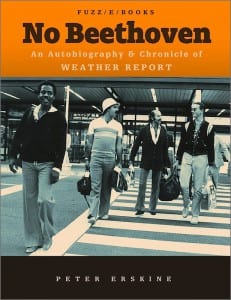 My new book “No Beethoven” (Autobiography & Chronicle of Weather Report) is available for iPad now on the
My new book “No Beethoven” (Autobiography & Chronicle of Weather Report) is available for iPad now on the 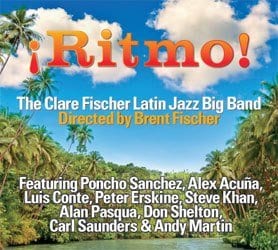 Congratulations to Brent Fischer who worked so hard to record his father Clare’s music, and to all of the incredibly talented musicians whose playing on “¡Ritmo!” helped to earn it this year’s Grammy Award for Best Latin Jazz Album.
Congratulations to Brent Fischer who worked so hard to record his father Clare’s music, and to all of the incredibly talented musicians whose playing on “¡Ritmo!” helped to earn it this year’s Grammy Award for Best Latin Jazz Album.